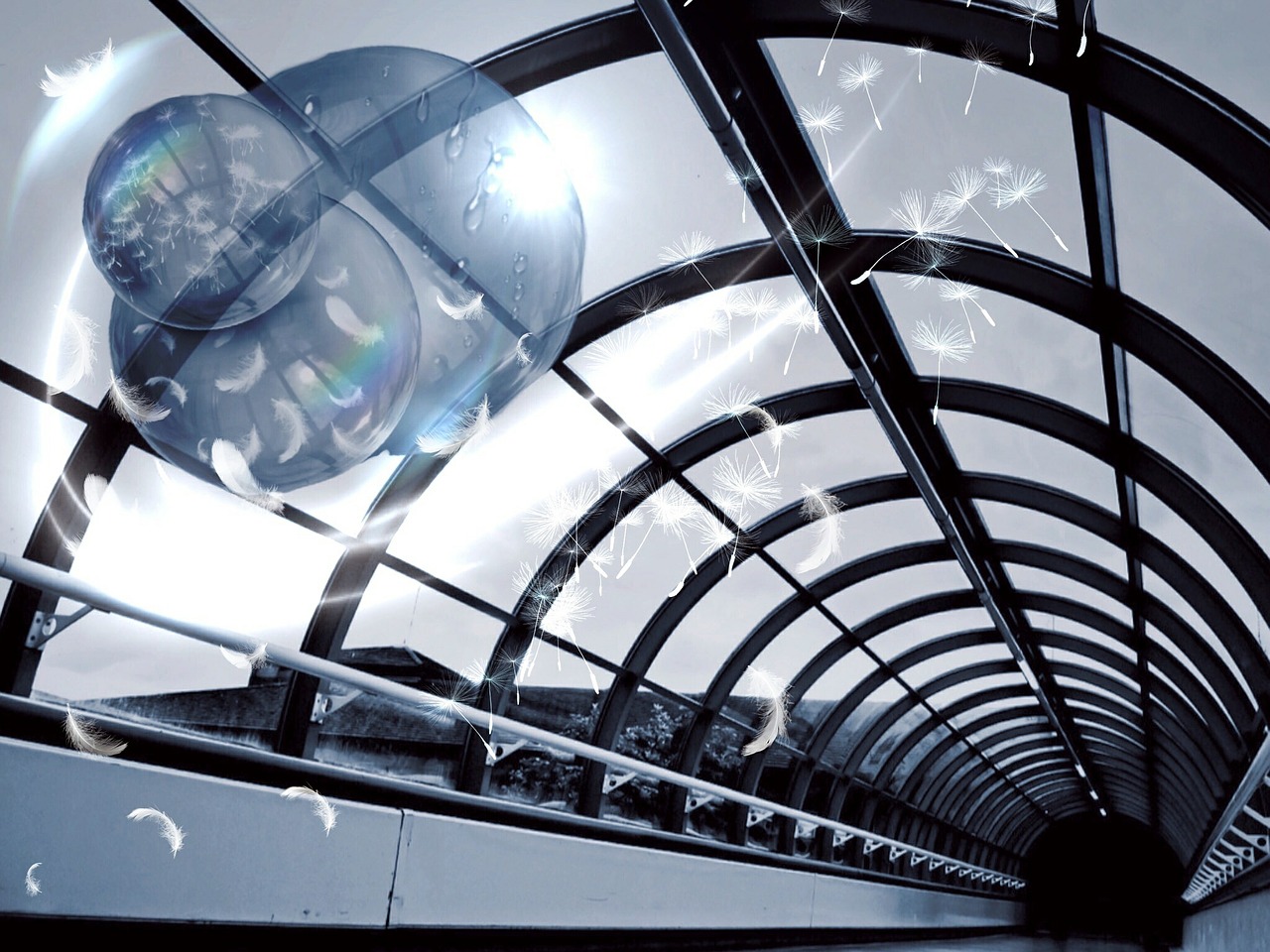Marketing and Promoting Brazil Art : Challenges Faced by Marketers
 In Brazil, marketing para empresas in any kind of industry can have better results if undertaken by a specialist who has deep understanding of the nation’s culture. Promoting the country’s art industry as an example, as it took years before art became a recognized industry in the relatively young nation.
In Brazil, marketing para empresas in any kind of industry can have better results if undertaken by a specialist who has deep understanding of the nation’s culture. Promoting the country’s art industry as an example, as it took years before art became a recognized industry in the relatively young nation.
Due to the 21 years of military dictatorship from 1964 to 1985, Brazil’s artworks were isolated and left undiscovered by the rest of the world. It was only after the country transitioned to a democratic form of government that millennial artistin Rio de Janeiro and Sao Paolo started exhibiting their creative work in museums, galleries and art fairs.
Sao Paolo became a popular location for art galleries after the state government was merciful enough to reduce the 50% – 60% taxes imposed on art purchases.
Moreover, if one is to come out with an art piece in Brazil, it has to be developed based on Brazilian culture and traditions and not after a foreign model or inspiration.
 Although industries have gone global, Brazil’s art is deeply founded on its culture, its traditions and on the sensitivities, discourses and humour of the Brazilian people. The idea is for Brazilian art to have that distinction of being identifiable as Brazilian, created in a style known in the field of art as neoclassism and romanticism.
Although industries have gone global, Brazil’s art is deeply founded on its culture, its traditions and on the sensitivities, discourses and humour of the Brazilian people. The idea is for Brazilian art to have that distinction of being identifiable as Brazilian, created in a style known in the field of art as neoclassism and romanticism.
Why Brazil Art is Unable to Conquer the International Art Markets
Actually, many regard Brazilian art as avant garde and exotic, it’s now attracting art collectors to buy from several Brazilian art galleries in New York.
The US is the leading art market worldwide in 2022, capturing as much as 45% of the global art revenues. The UK art market follows as the second generator of art revenues at 18%; while China is in the third position for generating nearly as much as the UK at 17%. Countries that fell under the “Others” category in the pie chart include Brazil, which meant art revenues, if any was generated, was less than 1%.
According to art marketers. Brazil’s tax is the greatest stumbling to the growth of the art industry in the country, especially if purchased by a foreign-based art collector. It would be best for a locally purchased Brazilian art to stay in Brazil and be put on display in the purchasing collector’s home or apartment in Brazil.
Otherwise, the buyer will have to pay at least 40% or more in taxes if he or she intends to bring it out of the country.
Digital Marketing and Selling Art Online in Brazil
 While Brazil’s tax rate on art remains unaccommodating, contemporary Brazilian artists tested the waters by selling their works of art online during the pandemic. The results were phenomenal as it strengthened the moves of virtual galleries and auction houses to continue virtually with the help of digital technology. Actually, the shift to displaying and selling artworks online brought in younger groups of art collectors in Brazil. Apparently, they are the ones highly attuned to the latest technologies that allowed them to lucratively invest in unique and exceptional forms of exotic art as exemplified by the Brazilian neoclassicism style.
While Brazil’s tax rate on art remains unaccommodating, contemporary Brazilian artists tested the waters by selling their works of art online during the pandemic. The results were phenomenal as it strengthened the moves of virtual galleries and auction houses to continue virtually with the help of digital technology. Actually, the shift to displaying and selling artworks online brought in younger groups of art collectors in Brazil. Apparently, they are the ones highly attuned to the latest technologies that allowed them to lucratively invest in unique and exceptional forms of exotic art as exemplified by the Brazilian neoclassicism style.
Still local art sellers contend that face-to-face selling enables artists to engage in discourses that will allow the artist to better know his audience. If so, the hybrid format, which combines selling online and in-person closing of art deals is the better marketing strategy.


